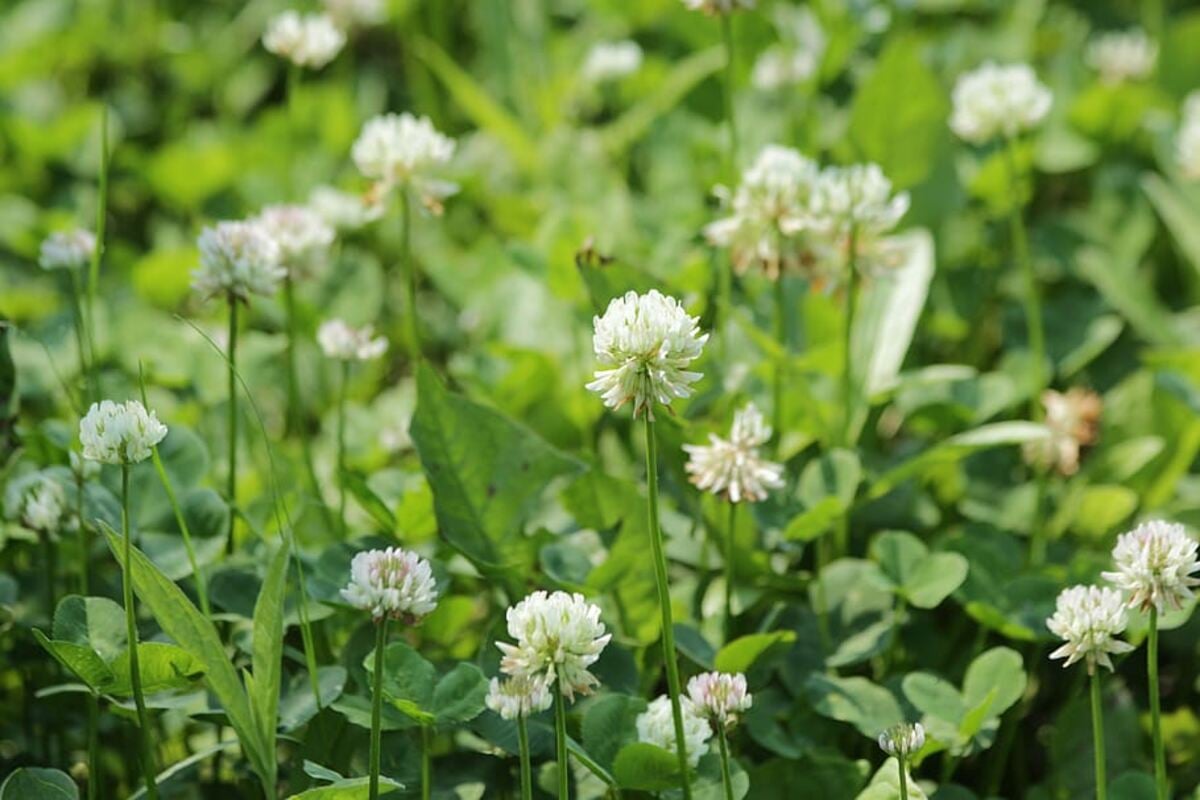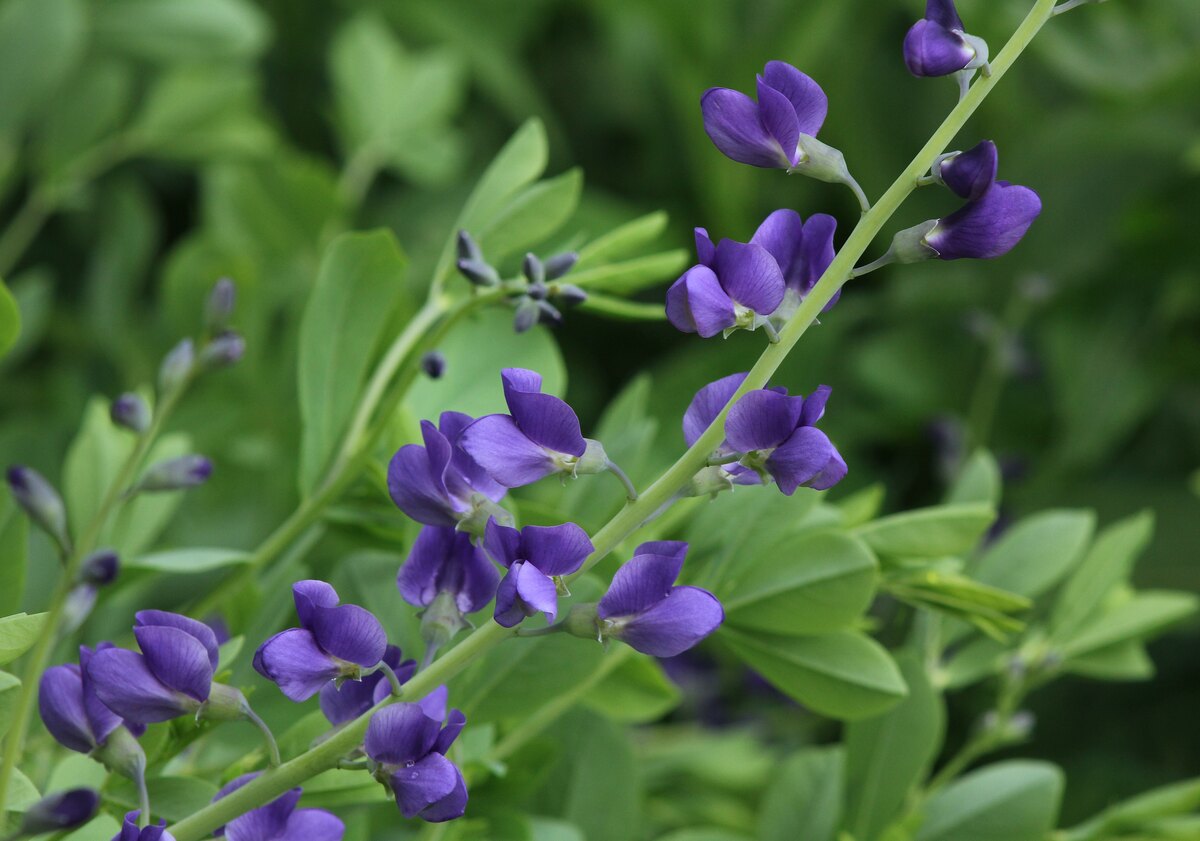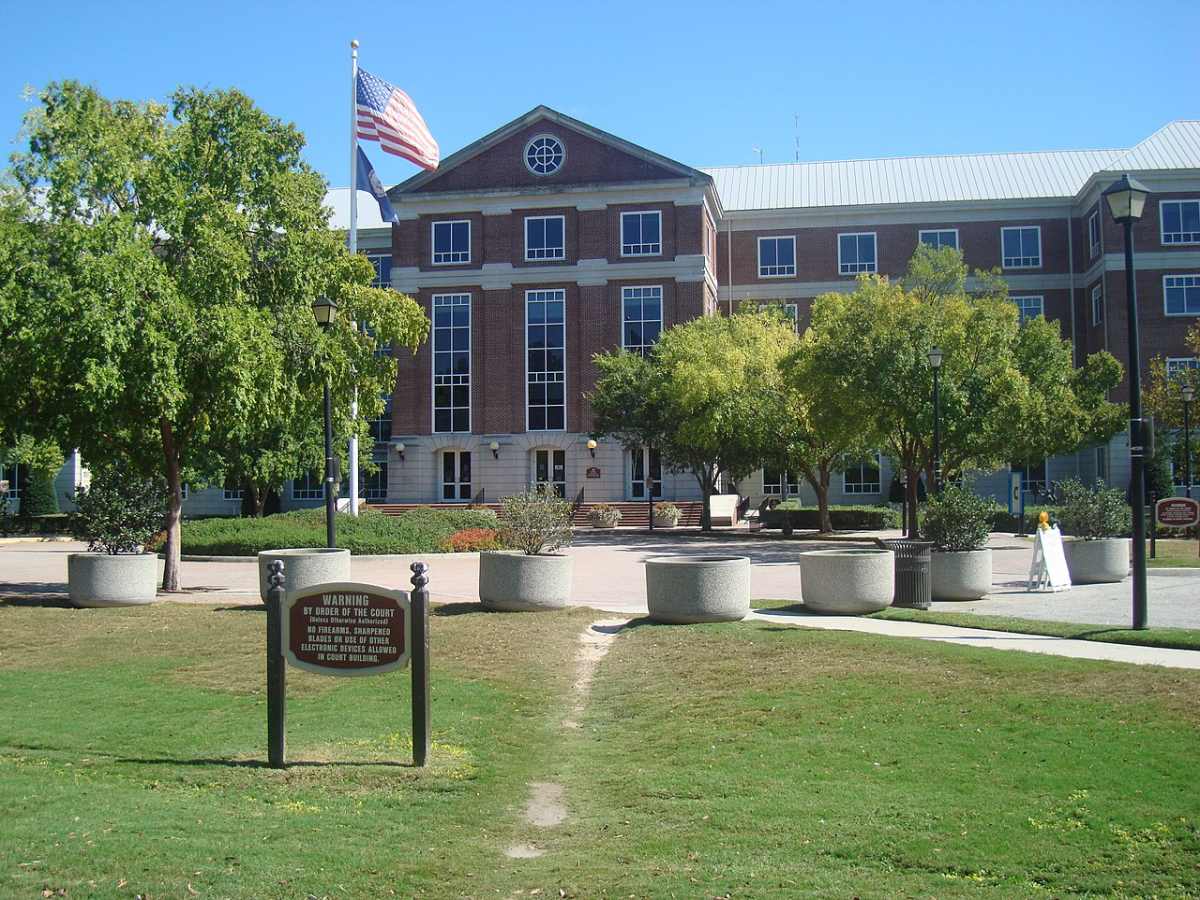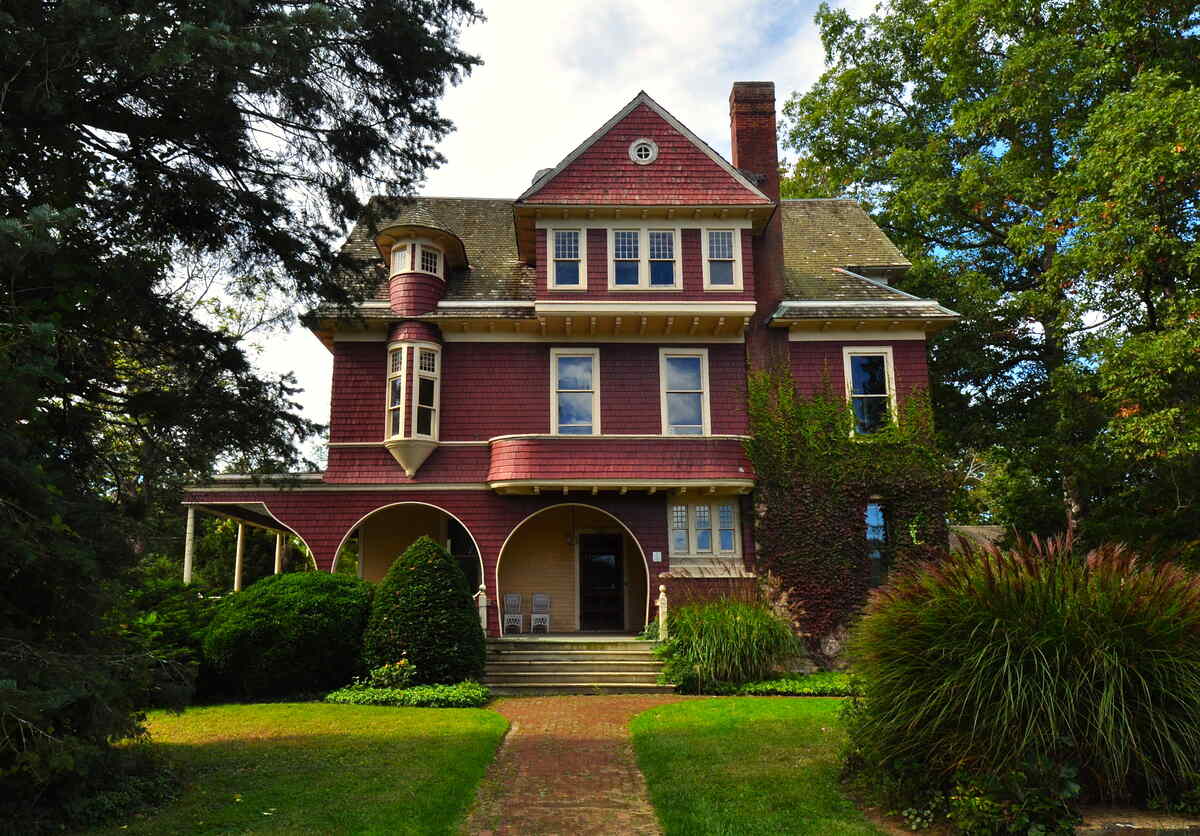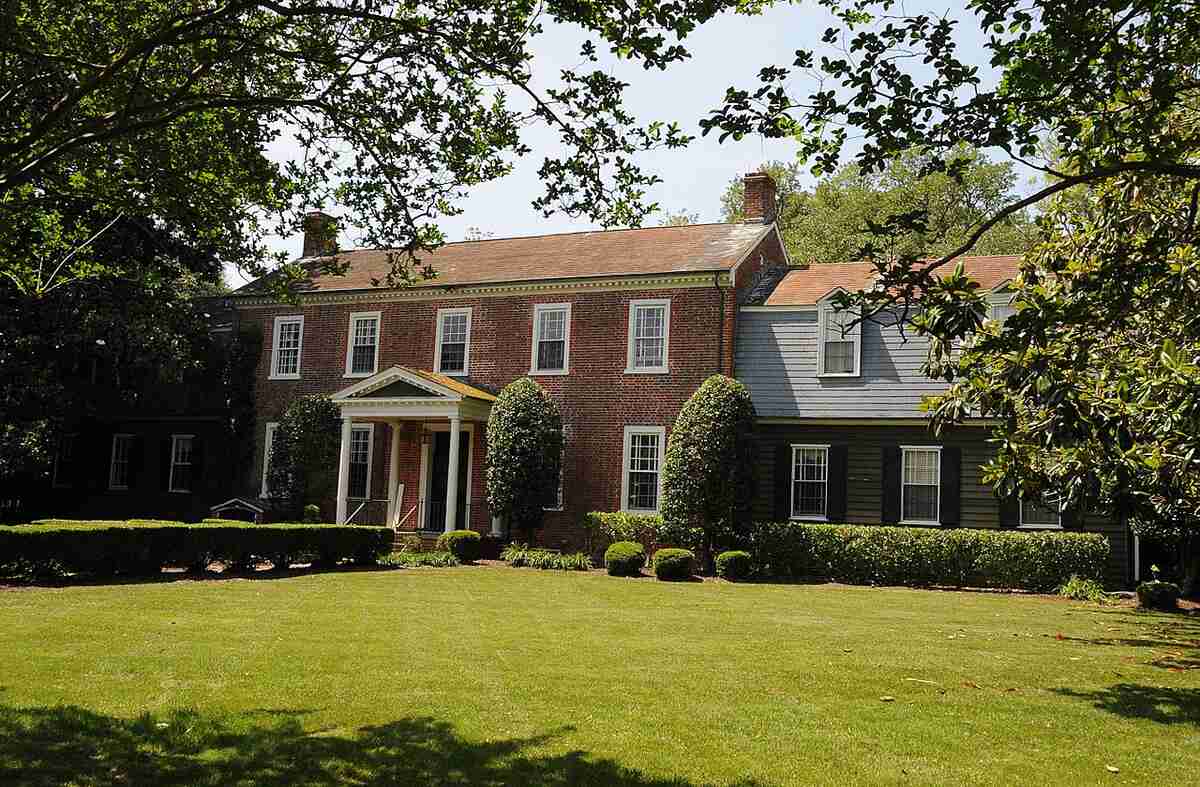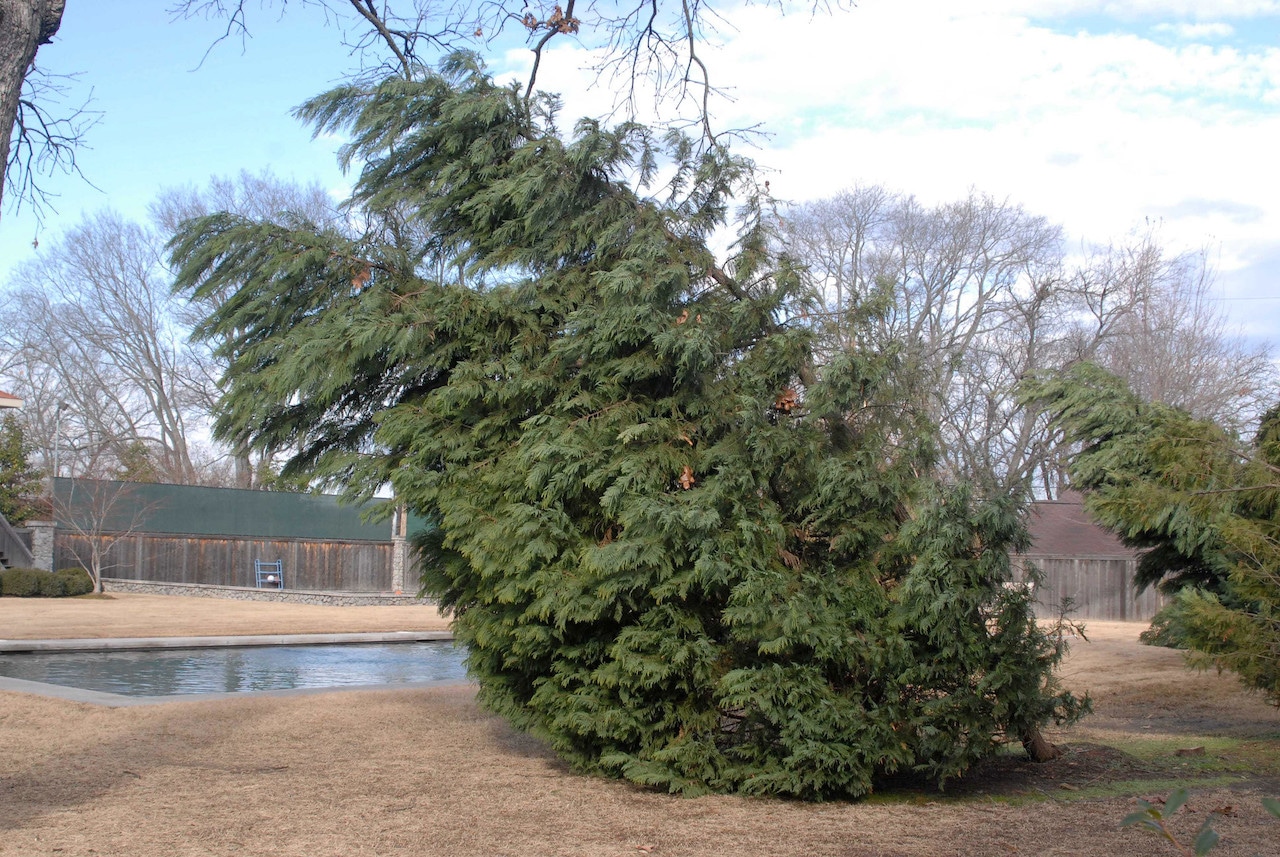
Virginia Beach is frequently named one of the best places in the country to live. This beautiful city also has an urban forest that is vital to its infrastructure. If you are lucky enough to call this resort town home and want to contribute to the town’s urban forest, we have a tip for you on what not to do: Don’t buy these five worst trees to plant in your yard in Virginia Beach.
You’ll want to stay away from these for the following reasons:
- They can be dangerous.
- Some are smelly or unattractive.
- They can be aggressive to other plants.
- Some can wreak havoc on your allergies.
For these reasons and more, you’ll want to avoid these five worst trees to plant in Virginia Beach:
- Leyland Cypress (x Hesperotropsis leylandii)
- Cottonwood Tree (Populus deltoides)
- Callery Pears (Pyrus calleryana)
- Tree of Heaven (Ailanthus altissima)
- Mimosa Tree (Albizia julibrissin)
- Which are the Best Trees to Plant in Virginia Beach?
- FAQ
Leyland Cypress (x Hesperotropsis leylandii)
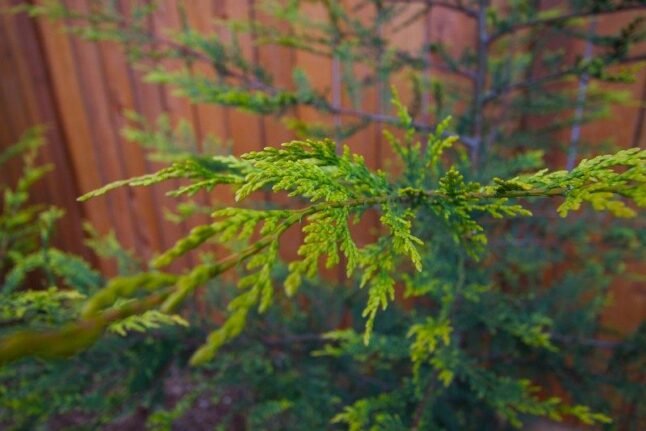
The Leyland cypress is a fast-growing coniferous tree that’s commonly used in hedges and screens. While its fast-growing characteristic might seem like an advantage, it can be a problem for homeowners in Virginia Beach. As Virginia Cooperative Extension agent Andrea Davis says:
“When I think of ‘bad’ trees, I am led to those that are short-lived. Some examples would be those that are really fast-growing and therefore very shallow-rooted. In an area where we have Nor’easters, hurricanes, [and] coastal storms, shallow-rooted plants are doomed in the high winds and wet soils. An example would be Leyland cypress.”
- Hardiness zones: 6 to 10
- Sun exposure: Full sun
- Soil needs: This plant thrives in multiple soil types, but is best grown in moist, well-drained soil. Because the roots are shallow, they don’t do well in areas with hot summers.
- Foliage: Evergreen
- Bloom Time: Non-flowering
- Mature size: 60 to 70 feet tall and 10 to 15 feet wide
Cottonwood Tree (Populus deltoides)
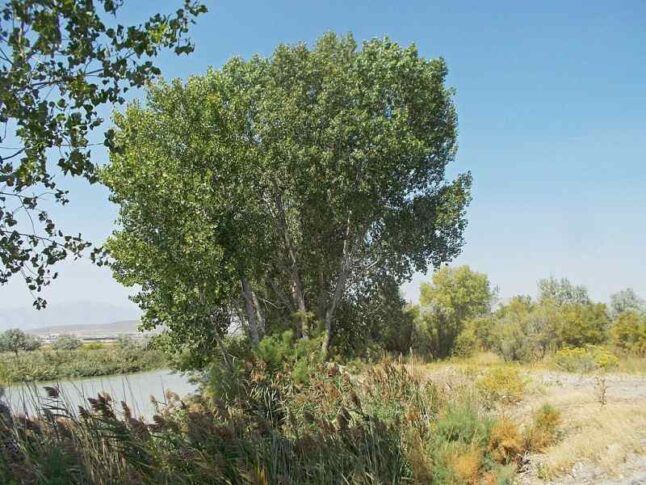
Like the Leyland cypress, cottonwood trees are another fast-growing species that should be avoided in Virginia Beach. Although they are beautiful, low-maintenance trees — which makes them popular amongst homeowners — they have a soft, shallow root system, and their wood is prone to rotting, which makes them vulnerable to ice and wind damage.
So if you have one of these in your backyard and a strong storm blows through, that backyard tree may end up on top of your house, garage, or car! But even if they survive the storm, the bugs might get them: Cottonwoods are susceptible to a large range of diseases and can also attract insects.
- Diseases: Dieback, leaf spots, powdery mildew, rust, and cankers
- Insects: This tree may attract caterpillars, borers, scales, and aphids.
Here are some of the tree’s important characteristics:
- Hardiness zones: 2 – 9
- Sun exposure: Full sun
- Soil needs: Prefers moist, well-drained soil. Tolerates drought, erosion, or wet soil.
- Foliage: Deciduous
- Bloom Time: Flowers bloom during the spring, from March to April
- Mature size: 50 to 100 feet tall and 35 to 60 feet wide
Callery Pears (Pyrus calleryana)
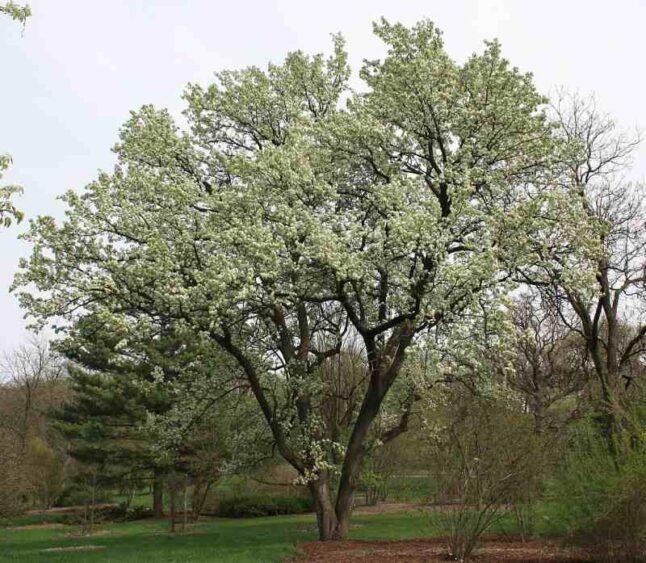
It may come as a surprise to Virginia Beach residents to avoid the Callery pear as this one is commonly sold in local nurseries, usually as the cultivar ‘Bradford Pear.’ It has a short life compared to other tree options. And like the first two on the list, this tree is also very vulnerable to the strong winds that often accompany coastal storms.
According to Ms. Davis, “These ornamental pears have narrow branch angles, making them extremely susceptible to breaking in windy conditions.” She also said:
- They can spread aggressively by seed, popping up where you didn’t plant them and creating fierce competition.
- The flowers (though very showy) have an unpleasant odor.
- The small fruits can be messy in the landscape and on hard surfaces like driveways and sidewalks.
- They are susceptible to fire blight disease.
“People do still plant this tree regardless of these traits,” said Ms. Davis. “It is a fast grower and it does have nice red to burgundy fall color. However, you’ll often only see half of a tree lining the neighborhood streets. There were many along the streets in the Virginia Beach Municipal Complex that have recently been removed and replaced with oaks.”
- Hardiness zones: 5 – 9
- Sun exposure: Full sun
- Soil needs: Prefers loamy, well-drained, moist soil
- Foliage: Deciduous
- Bloom Time: Spring, around April
- Mature size: 30 to 50 feet tall and 20 to 35 feet wide
Besides oaks, there are also a number of alternatives to the Bradford Pear that will certainly cause you fewer headaches.
Tree of Heaven (Ailanthus altissima)
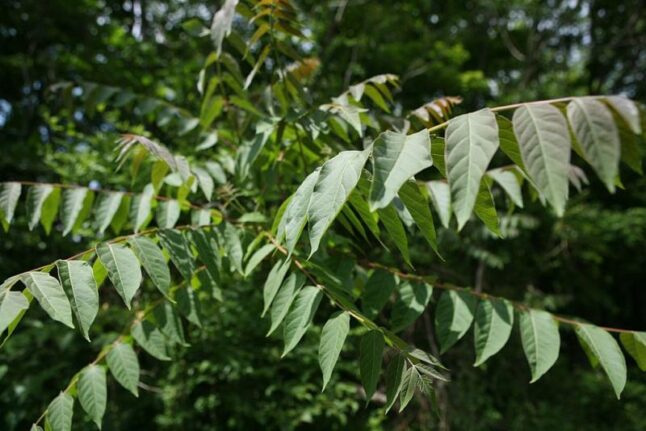
The worst tree to plant in Virginia Beach if you have allergies is definitely the Tree of Heaven. It looks very similar to native trees in the area like the sumac or black walnut, but it’s not. This particular tree is invasive to the area and classified as a noxious weed in some Midwestern states.
“This plant is fiercely competitive and is allelopathic (produces chemicals toxic to other plants). It can spread very aggressively via seeds and can sprout from roots,” said Ms. Davis. The recommendation is not to plant or grow this tree. There are alternatives (such as opting for native trees) that you can successfully grow without risking the local ecosystem.
- Hardiness zones: 4 – 8
- Sun exposure: Full sun to partial shade
- Soil needs: Grows in average, moderately dry soils. Due to its invasive nature, this plant can grow in most soil conditions and even in cracks in concrete pavements.
- Foliage: Deciduous
- Bloom Time: Summer, around May-June
- Mature size: 40 to 80 feet tall and 15 to 60 feet wide
Mimosa Tree (Albizia julibrissin)
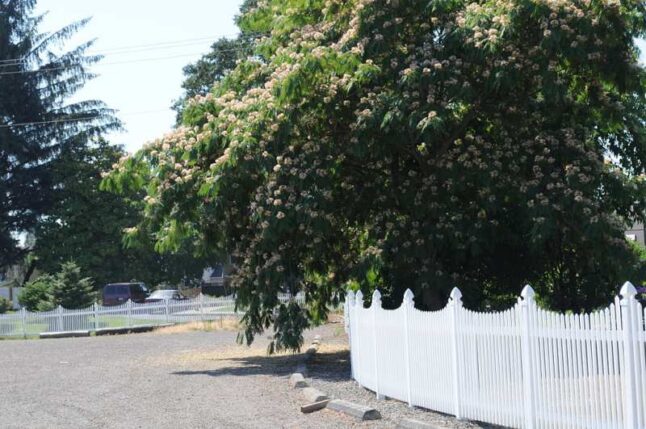
Unless you like webworms and ugly giant seed pods that ultimately take over your yard (and your neighbor’s), you should avoid the mimosa tree, also called Persian silk tree. It’s a distinct tree with lovely pink flowers, but don’t let its beauty fool you. This is a short-lived season.
For most of the year, you get big, brown ugly pods that look like they are just dripping from the tree. And when they drop, they spread everywhere. They are very adaptable to the Virginia Beach climate and are considered an invasive species in Virginia.
Due to their invasive nature, they can spring out of cracks in the pavement, fences, or right smack in the middle of a flower bed, and it is very difficult to get rid of them. So the best thing you can do is avoid them and other invasive species altogether.
- Hardiness zones: 6 – 9
- Sun exposure: Full sun to partial shade
- Soil needs: Can tolerate a variety of soil conditions, since roots can produce nitrogen, but prefers light and rich soils.
- Foliage: Deciduous
- Bloom Time: Spring and summer, from May to July
- Mature size: 20 to 40 feet tall and 20 to 50 feet wide
Which are the Best Trees to Plant in Virginia Beach?
While these are trees that you should definitely avoid, there are plenty of good, problem-free options for Virginia Beach’s climate. To start, ask for advice at a local nursery or check with an Extension agent like Ms. Davis, or do your own research from reliable sources. In case you’re in doubt, it is always a good idea to go native.
Here are a few of the best native trees for Virginia Beach:
- American hophornbeam (Ostrya virginiana)
- American sycamore (Platanus occidentalis)
- Sweetbay magnolia (Magnolia virginiana)
- Eastern redbud (Cercis canadensis)
- Virginia pine (Pinus virginiana)
For more information on trees recommended for Virginia Beach:
FAQ
Virginia Beach has numerous native tree species, which are among the best trees to plant in your home lawn:
• River birch (Betula nigra)
• Sourwood (Oxydendrum arboreum)
• Shadblow serviceberry (Amelanchier canadensis)
According to the Virginia Department of Forestry, yellow poplar (Liriodendron tulipifera) and loblolly pine (Pinus taeda) are the most common when it comes to volume, while red maple (Acer rubrum) and loblolly pine are the most common in number.
Trees are a great ally of the environment. Planting trees helps improve the air quality and provides habitat for local wildlife, while also conserving energy and water.
Final Thoughts
In this guide, we’ve gathered information about which trees you should avoid when planting in your Virginia Beach landscape. We have also given you tips about viable alternatives that will certainly enhance the city’s beautiful urban forest.
But if you are still insecure about which tree is the right one for you, you can get in contact with a trusted Virginia Beach landscaper. A pro can also provide routine tree care so you can spend more time enjoying the sound of the wind passing through the tree leaves.
Main Photo Credit: uacescomm / Flickr / CC BY-SA 2.0
